News
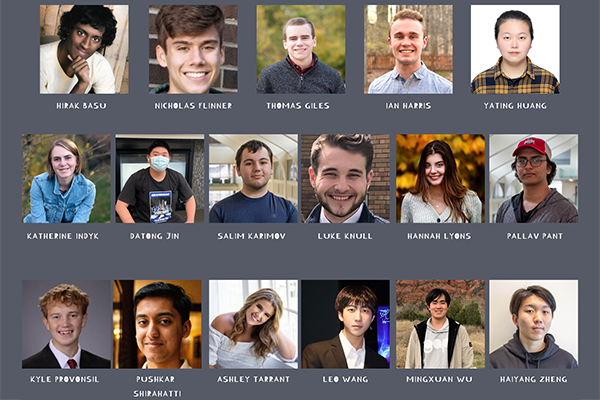
Physics Department Recognizes 2022 Undergraduate Award Winners
The Department of Physics Undergraduate Studies Committee has chosen this year's undergraduate award winners. Congratulations to this year's scholarship recipients!
Freshman Award
This…
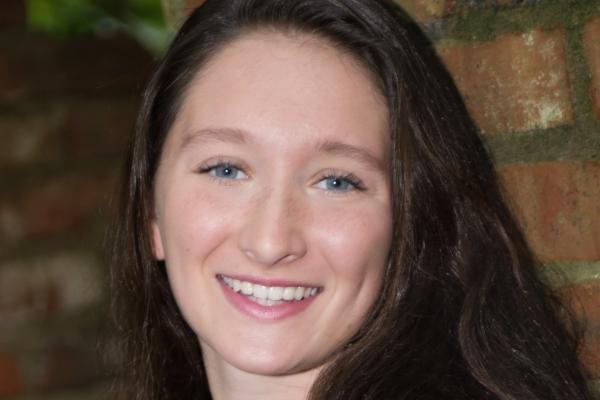
Mackenzie Scott named 2022 Goldwater Scholar
Four Ohio State honors students have been recognized by the Barry M. Goldwater Scholarship and Excellence in Education Program. Juniors Lia Gomez-Perez, Anthony Moussa, Rakesh Murugesan, and…
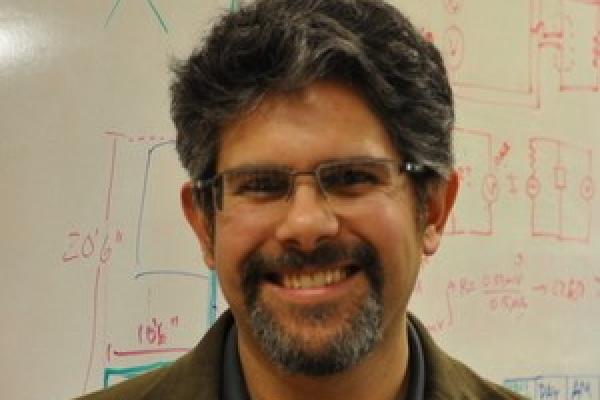
Prof. Jay Gupta awarded President’s Research Excellence Accelerator Grant
Fifteen teams have been awarded a total of nearly $750,000 in funding in the second year of the President’s Research Excellence (PRE) Accelerator Grant program. Each grant of up to $50,000 is…
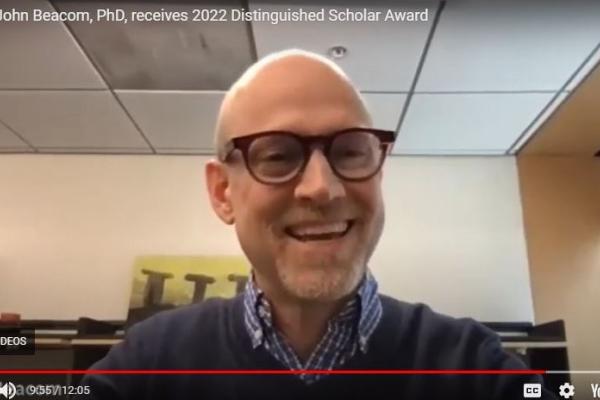
Prof. John Beacom receives 2022 Distinguished Scholar Award
John Beacom, Henry L. Cox Professor of physics and astronomy, Arts and Sciences Distinguished Professor and director of the Center for Cosmology and AstroParticle Physics (CCAPP), received the…
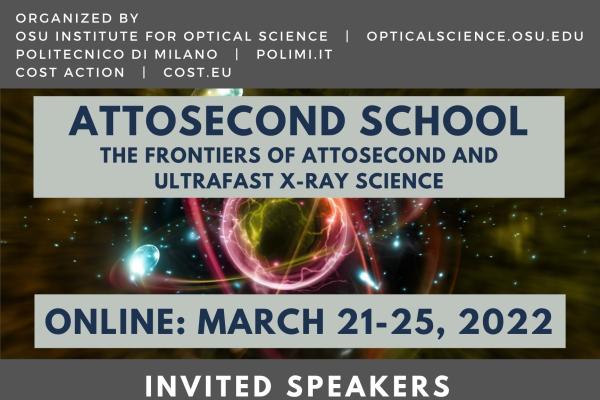
The Institute for Optical Science announces 3rd Attosecond School: March 21-25, 2022
The Institute for Optical Science is pleased to announce the 3rd Attosecond School. The school will happen during March 21-25, 2022. Due to the pandemic…

Arts and Sciences co-investigators support project to create quantum bits with rare-earth ions
Gregory Lafyatis, an associate professor in the Department of Physics, expects that QIS will begin to have a significant role in transforming science and technology within the next several…
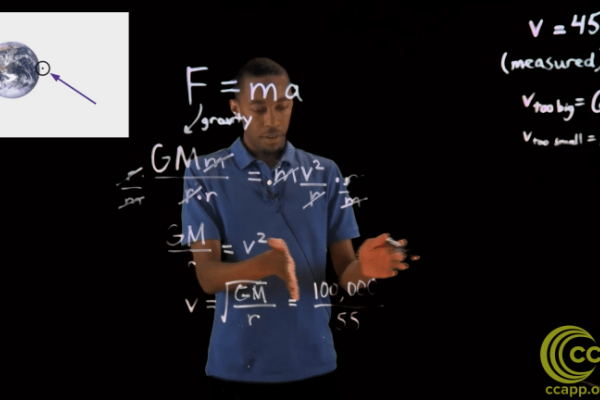
STEMcoding & CCAPP Celebrate Black History Month
In celebration of Black History month, the STEMcoding Project led by Prof. Chris Orban teamed up with Jahmour Givans from the OSU Center for Cosmology and Astro-Particle Physics (CCAPP) …
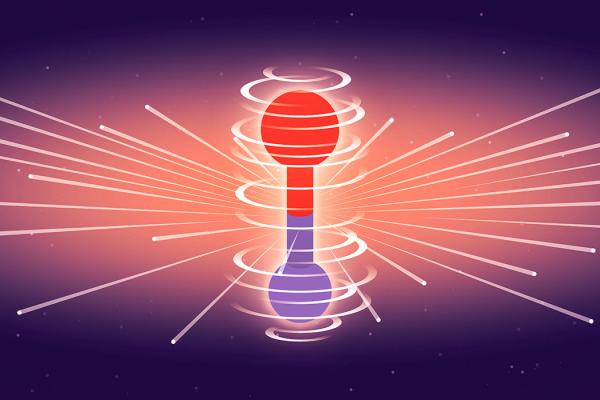
OSU researchers use attosecond X-ray pulses to track electron motion in a highly excited quantum state of matter
Less than a millionth of a billionth of a second long, attosecond X-ray pulses allow researchers to peer deep inside molecules and follow electrons as they zip around and ultimately initiate…
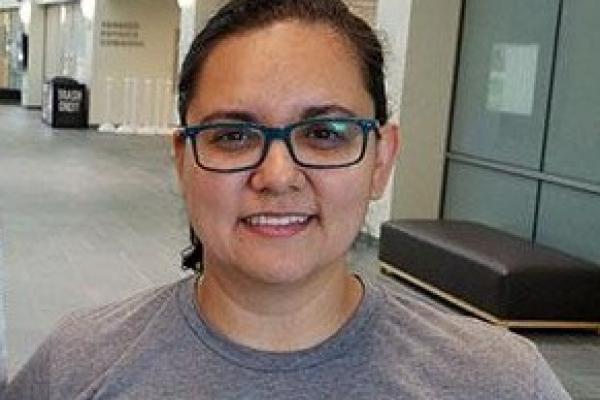
Dr. Beatriz E. Burrola Gabilondo named to APS EDI Fellow Program
Despite the growing number of curricula, seminars, and workshops providing resources for physics educators to address EDI in their classrooms, many physics educators are hesitant to engage in…
